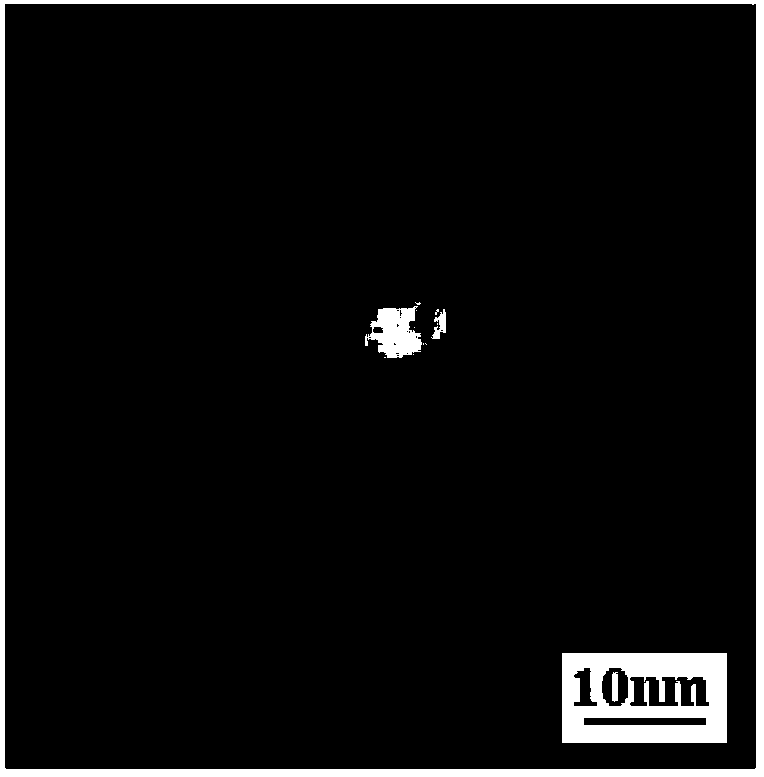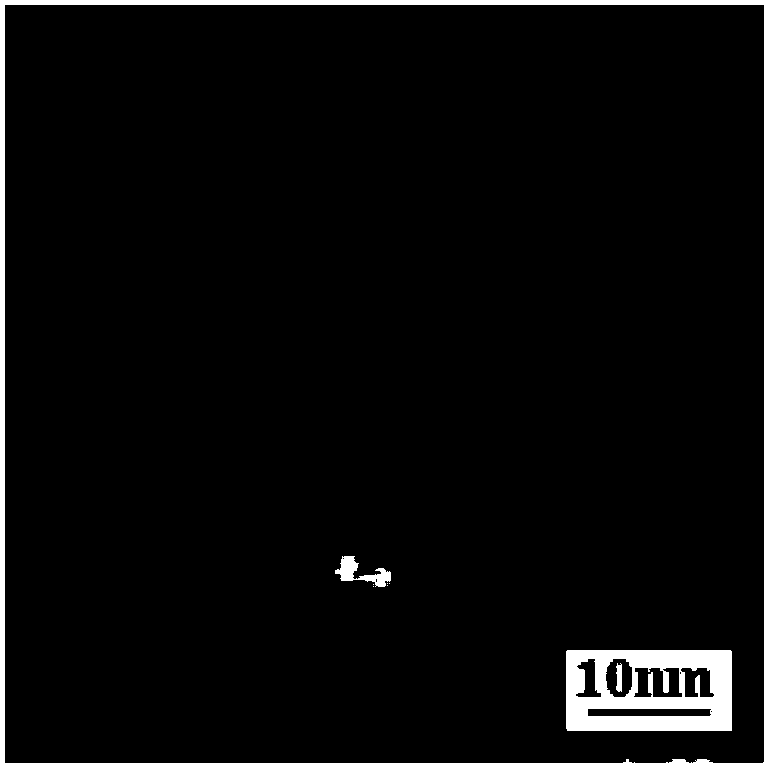Application of near infrared bioluminescence dye to living cell imaging
A fluorescent dye, near-infrared technology, applied in the application field of near-infrared biological fluorescent dyes in live cell imaging, can solve the problems of incomplete dyeing and large interference.
- Summary
- Abstract
- Description
- Claims
- Application Information
AI Technical Summary
Problems solved by technology
Method used
Image
Examples
example 1
[0122] Hela cells were stained with a near-infrared bioluminescent dye, the fluorescent dye structure is:
[0123]
[0124] figure 1 As shown in , the staining location can be seen: the nucleus is the RNA in the nucleolus.
example 2
[0126] The near-infrared bioluminescent dye Hela cells used, the structure of the fluorescent dye is:
[0127]
[0128] figure 2 As shown in , the staining location can be seen: the nucleus is the RNA in the nucleolus.
example 3
[0130] Hela cells were stained with a near-infrared bioluminescent dye, the fluorescent dye structure is:
[0131]
[0132] image 3 It is the fluorescence diagram of the interaction between the compound of Example 3 and RNA; it can be seen that the fluorescence of Example 3 increases with the addition of RNA (200 μg / mL).
[0133] Figure 4 It is the circular dichroism chromatogram of the interaction between the compound of Example 3 and RNA; the change of the circular dichroism spectrum with the increase of the concentration of the compound in the RNA solution, thus it can be deduced that the interaction mode between the RNA and the structure of Example 3 is semi-embedded.
[0134] Figure 5 Add DNase and RNase digestion for Example 3 and compare it with commercially available DNA and RNA dyes, which proves that the compound in Example 3 enters the nucleus and is dyed as RNA. (control is used as a control, that is, blank, CR is the dye of the present invention, example ...
PUM
 Login to View More
Login to View More Abstract
Description
Claims
Application Information
 Login to View More
Login to View More - R&D
- Intellectual Property
- Life Sciences
- Materials
- Tech Scout
- Unparalleled Data Quality
- Higher Quality Content
- 60% Fewer Hallucinations
Browse by: Latest US Patents, China's latest patents, Technical Efficacy Thesaurus, Application Domain, Technology Topic, Popular Technical Reports.
© 2025 PatSnap. All rights reserved.Legal|Privacy policy|Modern Slavery Act Transparency Statement|Sitemap|About US| Contact US: help@patsnap.com



